|
Here is another good recipe for hot summer days. It's nearly raw and contains the colors of the rainbow. You can make it completely raw, of course, but we love roasted cauliflower, so I roasted it and lightly roasted the broccoli. I'll include 2 options for sauces, one is light and one is a little heavier. Both compliment this dish very well, so pick one and give it a try. (You can also use rice noodles instead of raw zucchini noodles.) I used the spiralizer attachment for my Kitchen Aid mixer to spiralize the zucchini. I use a peeler to make the carrot ribbons. If you don't have a spiralizer, you can ribbon the zucchini as well, but I highly recommend getting a spiralizer. Ingredients: 3 medium zucchinis 3 carrots 2 green onions, sliced thin 1 cup of finely chopped cabbage (red or green) 1 cauliflower, cut into florets 1 head of broccoli, cut into bite size pieces peanuts (optional) chopped cilantro (optional) sesame seeds (optional) Light sauce: 1/4 cup brown sugar 1/4 cup soy sauce 1 Tbsp tomato paste 2 Tbsp rice vinegar 2 Tbsp lime juice 2 tsp sesame oil 1/4 tsp garlic powder Heavier sauce: 1/3 cup tahini or peanut butter 2 Tbsp lime juice 3 Tbsp maple syrup 1 Tbsp curry powder 1/2 Tbsp fresh grated or diced ginger 2-3 Tbsp water (as needed) Steps: 1) Heat the oven to 400 degrees F. Toss the cut cauliflower with a little olive oil and salt, and spread on a sprayed baking sheet. Cook for about 20 minutes, flip and add the broccoli, and cook another 12-15 minutes. 2) While the cauliflower is baking, spiralize and/or ribbon your zucchini and carrots and chop the cabbage and green onions. Mix all together in a big bowl. 3) Whisk together the ingredients from the sauce of your choice. (If making the heavier sauce, you might want to use an immersion blender.) Toss the sauce with your veggies either all in the big bowl or separately in serving bowls. 4) Add mixed veggies to serving bowls, add the cauliflower and broccoli and garnish with peanuts, cilantro, and/or sesame seeds. Enjoy!
1 Comment
Training plans and Coaches will often call for Recovery Days and/or Rest Days. Do you really know what Recovery means or why you need to do it? The first thing you need to understand is that, in simple terms, exercise is the process of tearing down and recovery is the process of building back. So technically you make athletic gains during recovery not exercise. So now you begin to understand why recovery is so important. Let’s explore the different types of recovery… Sure, we know we need to eat after a hard workout, but why and what? Most nutritionists agree that there is a window of opportunity to re-fuel your body post workout. The 30 to 60 minutes after a workout is when your body is most efficient at replenishing your glycogen stores. In my opinion, post workout is the worst time to eat high calorie “junk” food. You just put your body through stressors that broke the body down, so foods dense in micro and macro nutrients should be consumed to give the body everything it need to begin the rebuilding process. You should re-fuel with whole, unprocessed foods (preferably plant based). In fact, a whole food plant based diet is optimal for everyone but I’ll save that discussion for another blog post. The bottom line is, Food is an important component in the recovery process. So, choose your post workout meals wisely and remember “you are what you eat”. Active recovery is a work out designed to move the body to help facilitate recovery without further stressing the body. Think, slow and easy. These workouts are designed to help bring fresh blood and nutrients to the muscles and joints to aid the recovery process. This is also the concept behind hard days followed by easy days. I hate the term junk miles. Every workout has a purpose. Intervals, sprints, hill repeats, are your hard, body stressing days and recovery, easy pace, high RPM spin are your easy “help your body recover” days. It is very important to make sure to make easy days easy. They are strategically placed in training plans for recovery. Sleep is often overlooked as a recovery tool. The body does most of its repairing while you sleep. Cutting back on your sleep will cut back on the amount of time your body has to repair itself. Continue to deprive your body of enough sleep and performance gains will suffer. How much sleep do we need? The National Sleep Foundation recommends 7 to 9 hours (adults 26-64). According to the National Institutes of Health, the average adult sleeps less than seven hours per night. An Athlete with a heavy training schedule will need more than 9 hours to be at peak performance at every training session. I think sleep is so important that I’ll recommend an athlete to skip a morning workout if they have missed too much sleep. What about things like foam rollers, massage, and Norma Tec? I think these items can have a place in the recovery process. However, I don’t think they can replace healthy food and rest/sleep. A healthy diet and the proper amount of sleep need to be the corner stone of your recovery, then these other modalities can be added to further aid the process.
Proper recovery is essential if you want to get the most out of your training. A fully recovered body will be able to execute hard workouts better. If you base recovery on healthy food and proper sleep you will be setting yourself up for success. Happy Training! Coach Jay Summer is upon us and if you’re training then you are probably feeling the heat (and humidity). Heat related concerns like Heat Exhaustion and Dehydration are not as common in training sessions that are less than 1 hour in length. Here are a few tips on how to get through your summer training. Before we can talk about hydration for 1 hour + training sessions, we need to talk about Sweat Rate. It’s a good idea to perform a sweat test for each of the sports you are training in (and yes, you actually do sweat while swimming). What is a sweat test you ask? It’s a simple test to determine how much you sweat in one hour in a given activity. Knowing this will allow you to formulate a plan to stay hydrated during training. The test consists of weighing yourself (preferably naked) before your activity, training for 1 hour, recording the amount of fluid intake if you consume any during activity, then toweling dry and weighing yourself again (naked). Your pre-activity weight minus post activity weight plus any fluid consumed is your 1 hour sweat rate for that activity (record temperature, humidity, and effort level for reference). Example: Pre-Activity Weight: 152.2 Bike Ride 1 hour (warm up, intervals, cool down) Consumed 8 ounces of water during activity Post Activity Weight: 151.2 152.2 – 151.2 = 1 pound or 16 ounces 16 ounces + 8 ounces = 24 ounce sweat rate So now you know for that temperature, humidity, and specific activity that you sweat out 24 ounces every hour. In this example, you now know you would need to consume 24 ounces of fluid per hour to keep properly hydrated in a similar training session.
A great way to beat the heat is to start your training early in the morning. Once the sun comes up temperatures climb quickly. It’s not always fun or easy to get up early, but being able to get a couple of hours done before the sun rises might help you get that 3-4 hour ride/run completed. If you decide to take advantage of those pre-sun hours make sure to make yourself visible with reflective clothing and/or lighting. Late evening runs are another way to avoid the sun. However, it sometimes takes temperatures well into the late evening to fall. So while the sun isn’t blazing down on you, it might still be hot out. Early or Late is still better than mid-day runs and rides.
If a mid-day training session can’t be avoided then try to pick training routes that are shady. Trail runs are a great way to help get out of the direct sunlight and heat of the day. Another idea is to drive out into the country and start your bike ride on 2 lane country roads that tend to have more tree coverage. If these options aren’t available then consider moving indoors to the bike trainer or treadmill on those extremely hot days. Proper clothing can go a long way to help keep you cooler in the heat of summer. Try to wear light colored sweat wicking materials. Hats, visors, and arm sleeves can also be considered. Dictionary.com’s definition of Heat Exhaustion is; a condition characterized by faintness, rapid pulse, nausea, profuse sweating, cool skin, and collapse, caused by prolonged exposure to heat accompanied by loss of adequate fluid and salt from the body. When training in hot conditions you should be aware of the warning signs of heat exhaustion. If you start to experience any of the signs, you need to stop your training session and get your body re-hydrated and cooled down. If you try to push through, you could end up with Heatstroke which is defined as; a condition marked by fever and often by unconsciousness, caused by failure of the body's temperature-regulating mechanism when exposed to excessively high temperatures. Heatstroke is extremely dangerous and will usually involve a trip to the Emergency Room. Your post training cool down and recovery priority should be re-hydrating. Don’t try to guzzle a bottle of water and think you’re re-hydrated. It’s better to re-hydrate slowly and consistently for several hours after your workout. Taking a cool (not cold) shower is a great way to help lower your body’s core temperature after a hot weather training session. You definitely need to respect the evil twins Heat and Humidity. But you can successfully train through the summer heat if you take precautions. Yes, your pace will be and needs to be slower. But when the first cool weather of Fall comes you will be a stronger athlete after battling through the summer heat! Coach Jay |
What's New?
Check in often for upcoming events, news, recipes and more. Archives
August 2022
Categories
All
|
Proudly powered by Weebly

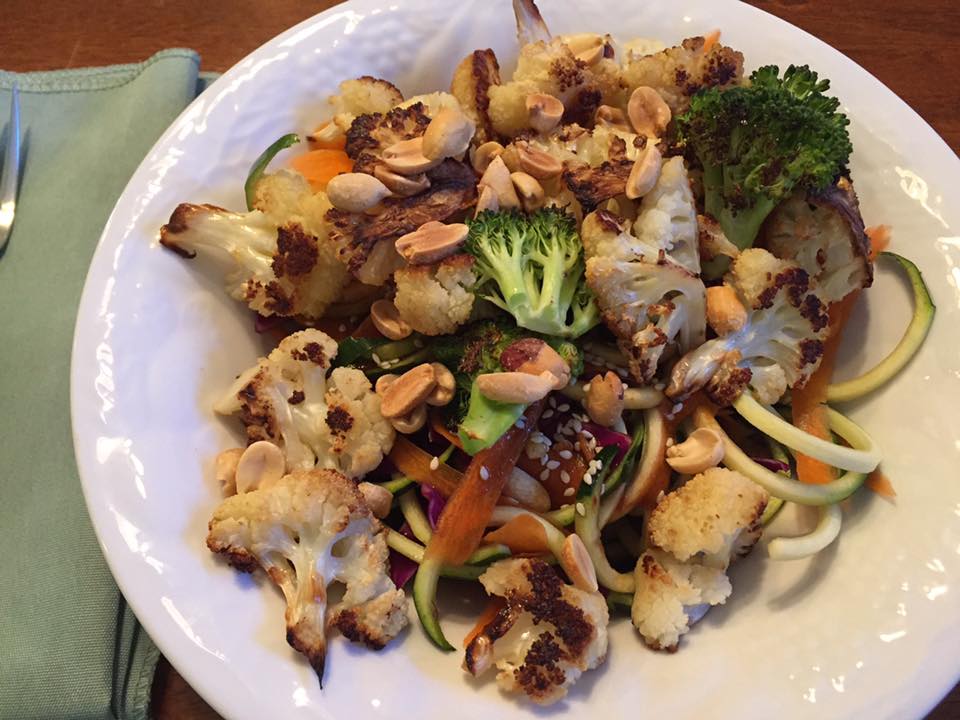
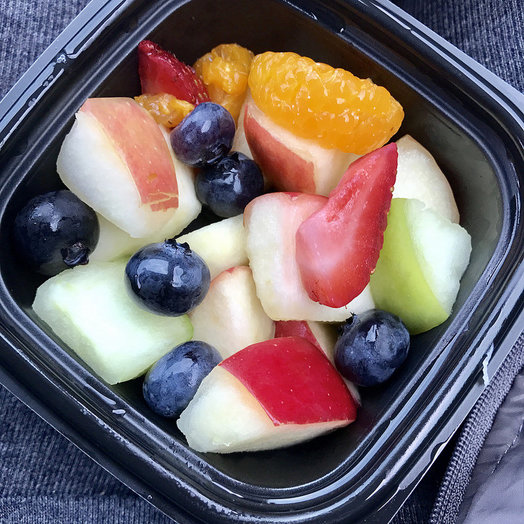
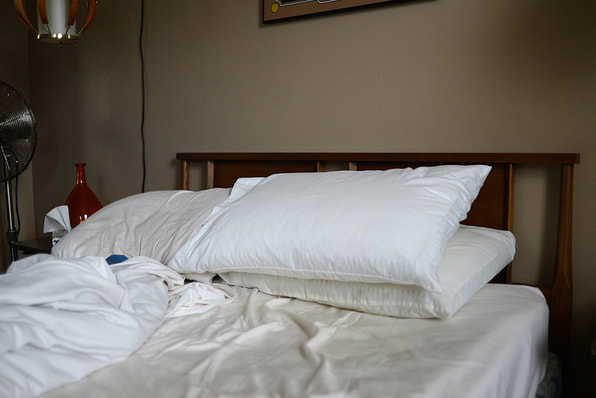
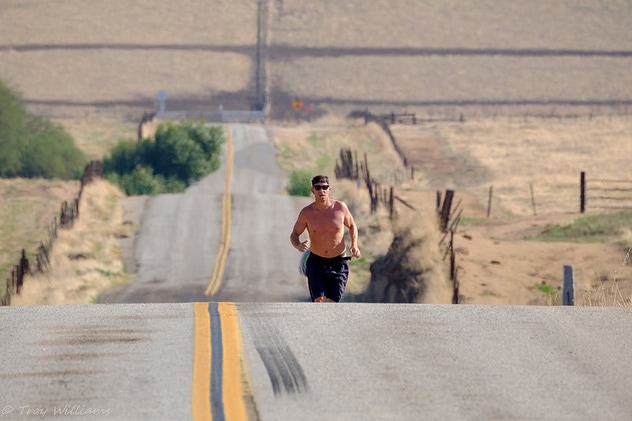
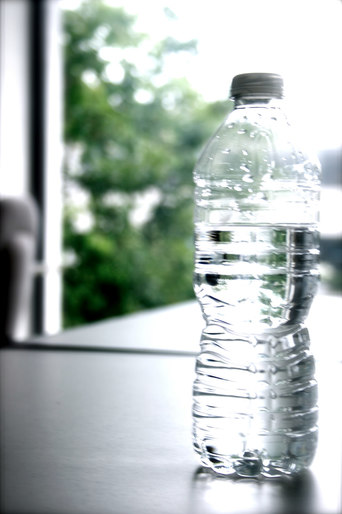
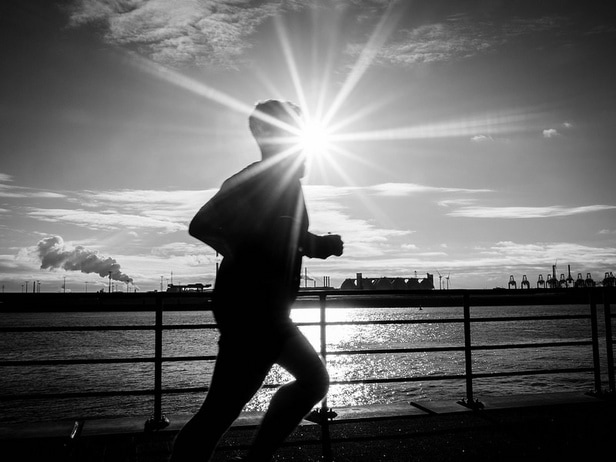
 RSS Feed
RSS Feed